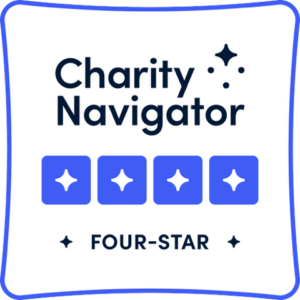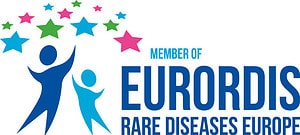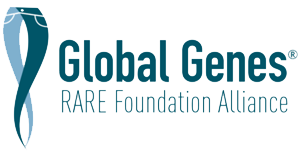General Info
Overview
Leber Hereditary Optic Neuropathy (or LHON) is an inherited form of vision loss that can result in sudden, painless loss of central vision due to optic nerve atrophy.
Alternative Names
- LHON
Genetics
Affected Genes
MT-ND1, MT-ND4, MT-ND4L, MT-ND6
Cause and Genetics
LHON is rare and follows a maternal inheritance pattern, meaning that the mutation is passed down via mitochondrial mitochondria by the mother only. These genes are found in the DNA of cellular structures called mitochondria, which convert the energy from food into a form that cells can use. A significant percentage of people with a mutation that causes LHON do not develop any features of the disorder. Specifically, more than 50 percent of males with a mutation and more than 85 percent of females with a mutation never experience vision loss or related health problems. Additional factors may determine whether a person develops the signs and symptoms of this disorder. Environmental factors such as smoking and alcohol use may be involved, although studies have produced conflicting results. Researchers are also investigating whether changes in additional genes contribute to the development of signs and symptoms. Genetic counseling is recommended.
Frequency
Affected Biological Gender
Both Male and Female
Affected Biological Gender - More Information
Males are affected more often than females, as about 25% of those affected are females. Among affected males, about half are ages 14-26 when vision loss occurs, while the other half is younger or older with onset reported as late as age 87. The onset of vision loss in women carrying an LHON mutation happens at any age, with no distinct peak as in males.
Signs and Symptoms
Blurring and clouding of vision are usually the first symptoms of LHON onset. These vision problems may begin in one eye, or simultaneously in both eyes. If vision loss starts in one eye, the other eye is usually also affected several weeks or months later. Within a few months, the central vision loss is profound and the individual is legally blind, unable to read without magnification, drive or recognize faces, but some peripheral vision generally remains. Vision loss results from the death of cells in the optic nerve fibers that relay visual information between the eyes and the brain. Some optic nerve fibers can get sick and stop functioning, then return to health and some vision can return in a small percentage of cases.
Some individuals carrying an LHON mutation experience symptoms such as tremors, neuropathy, and migraine, and are described as LHON Plus
Diagnosis
Genetic testing for LHON requires a simple blood draw.
Newborn Screening: Recommended Uniform Screening Panel (RUSP)
Yes
Treatment
Treatment and Management
Management of affected individuals is largely supportive, with the provision of visual aids, help with occupational rehabilitation, and registration with the relevant social services. ECG may reveal a pre-excitation syndrome in individuals harboring an mtDNA LHON-causing pathogenic variant; referral to cardiology can be considered and treatment for symptomatic individuals is the same as that in the general population. A multidisciplinary approach for those affected individuals with extraocular neurologic features (ataxia, peripheral neuropathy, nonspecific myopathy, and movement disorders) should be considered to minimize the functional consequences of these complications.
Individuals harboring an mtDNA LHON-causing pathogenic variant should be strongly advised to moderate their alcohol intake and not to smoke. Avoiding exposure to other putative environmental triggers for visual loss, in particular, industrial toxins and drugs with mitochondrial-toxic effects, also seems reasonable.
Clinical Trials
For specific details on clinical trials visit the MitoAction Clinical Trial page or www.clinicaltrials.gov.
Resources
- Leber’s Hereditary Optic Neuropathy (LHON) (BLIND) – Global Group
- Leber hereditary optic neuropathy – National Library of Medicine
- Leber Hereditary Optic Neuropathy – National Library of Medicine
- What is Leber hereditary optic neuropathy? – ThinkGenetic, Inc
Connecting with others impacted by a rare disease allows for vital information to be shared about day-to-day life, prevents isolation, and gives hope. Please contact MitoAction for peer support opportunities at 888-MITO-411 or email mito411@mitoaction.org.
Other resources we recommend are:
- New Patient Kit for Mitochondrial Conditions
- Planning for Emergencies
- Monthly Expert Series
- Energy in Action Podcast
MitoAction does not provide medical advice, diagnosis, treatment, or legal advice. It is essential that all those living with or caring for someone with a Mitochondrial or FAOD disease have an emergency protocol letter. These letters, which are written and signed by a doctor, share details about prescribed treatment during crises and in emergency room settings. Always check with your doctor if you or your child has concerns as everyone may present with symptoms differently. Before beginning any treatment or therapy, please consult with your physician.
Last Updated: 11/15/2022









